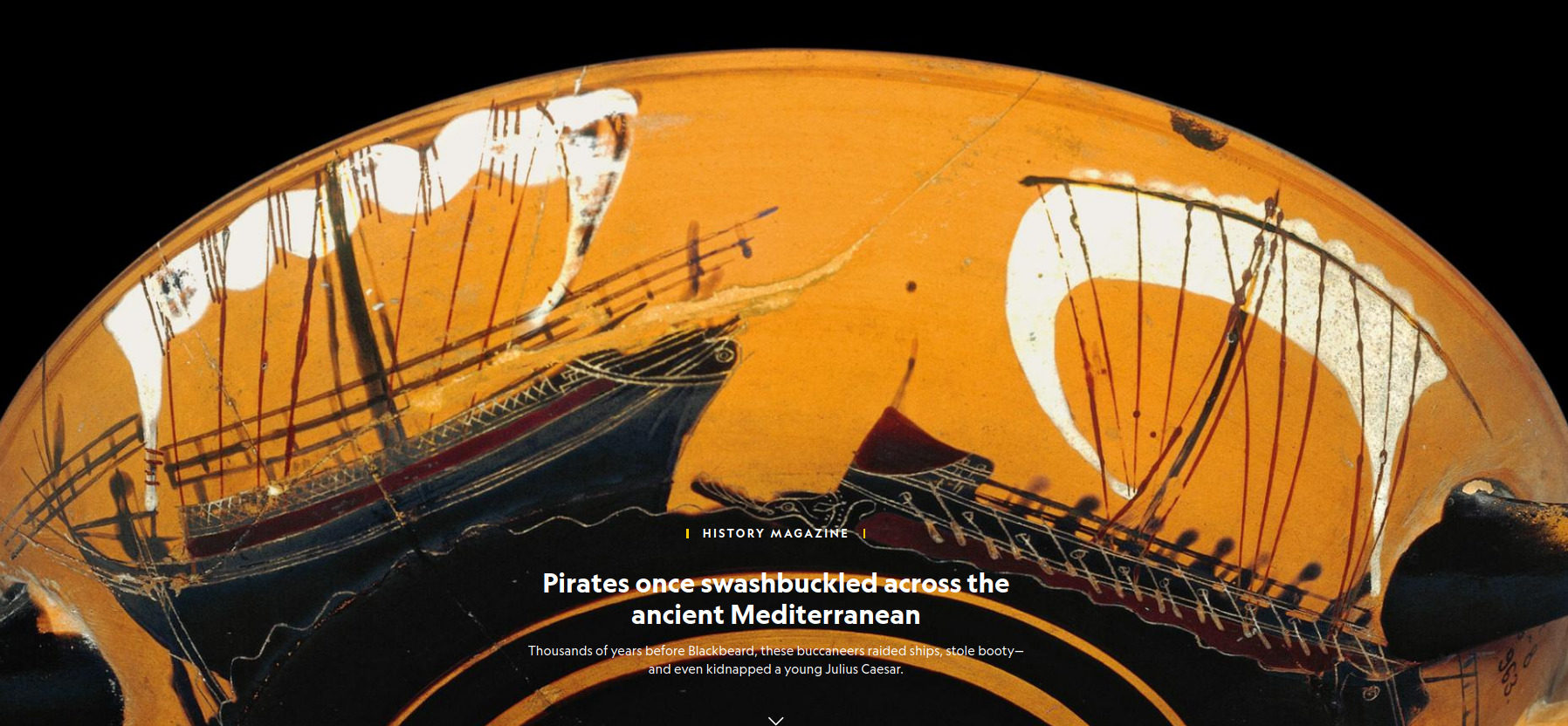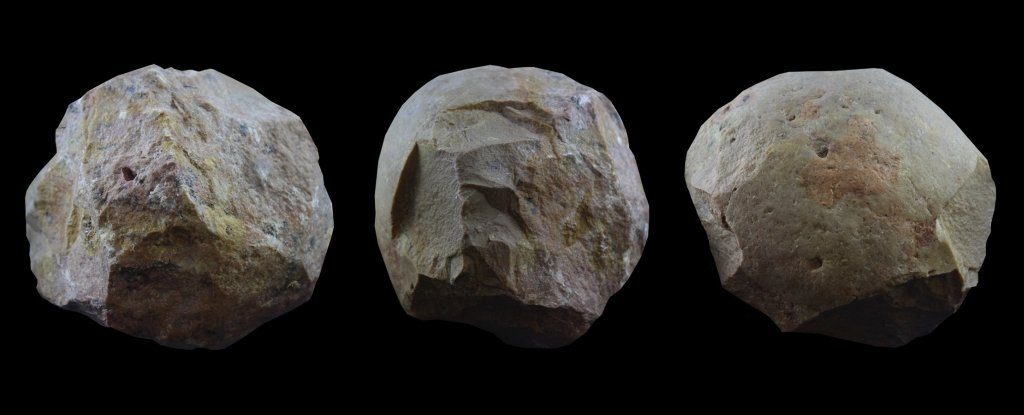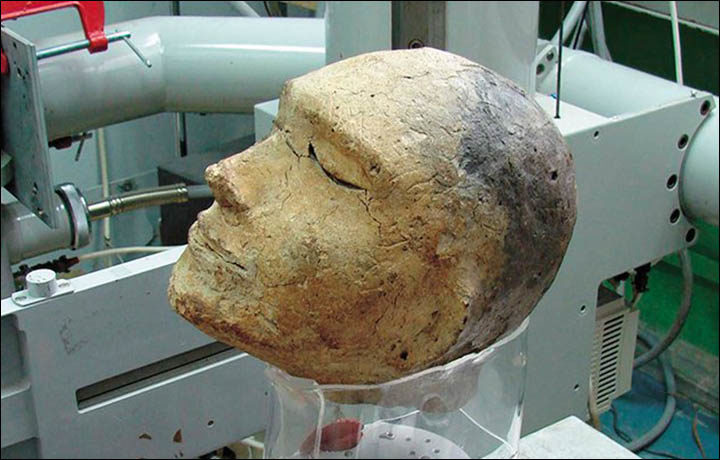
© Fiona MarshallAnthropologists from Arts & Sciences discovered lipid traces in ancient pots that offer the first direct evidence for milk processing by ancient pastoralist societies in eastern Africa.
When you pour a bowl of cereal, you probably aren't considering how humans came to enjoy milk in the first place.
But animal milk was essential to east African herders at least 5,000 years ago, according to a new study that uncovers the consumption habits in what is now Kenya and Tanzania — and sheds a light on human evolution.
Katherine M. Grillo, assistant professor of anthropology at the University of Florida and a 2012 PhD graduate of Washington University in St. Louis, teamed up with researchers, including Washington University's
Fiona Marshall, the James W. and Jean L. Davis Professor in Arts & Sciences, for the study published this week in the
Proceedings of the National Academy of Sciences. Julie Dunne at the University of Bristol in the United Kingdom is co-first author on the paper with Grillo.
After excavating pottery at sites throughout east Africa, team members analyzed organic lipid residues left in the pottery and were able to see evidence of milk, meat and plant processing.
"(This is) the
first direct evidence we've ever had for milk or plant processing by ancient pastoralist societies in eastern Africa," Grillo said.
"The milk traces in ancient pots confirms the story that bones have been telling us about how pastoralists lived in eastern Africa 5,000 to 3,000 years ago — an area still famous for cattle herding and the historic way of life of people such as Maasai and Turkana," Marshall said.













Comment: Sleeping With The Enemy - The Answer To The "Why" Of War